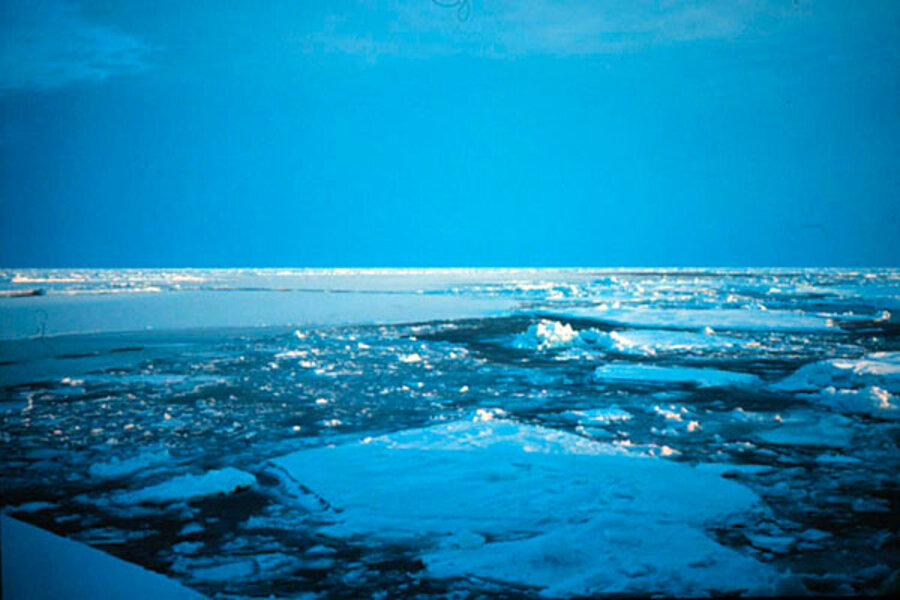Global warming began in oceans 135 years ago, suggests study
Loading...
The world's oceans have been warming for more than 100 years, twice as long as previously believed, new research suggests.
The findings could help scientists better understand the Earth's record of sea-level rise, which is partly due to the expansion of water that happens as it heats up, researchers added.
"Temperature is one of the most fundamental descriptors of the physical state of the ocean," said the study's lead author,Dean Roemmich, an oceanographer at the University of California, San Diego. "Beyond simply knowing that the oceans are warming, [the results] will help us answer a few climate questions."
From 1872 to 1876, the HMS Challenger sailed the world's oceans along a 69,000-nautical-mile track, crossing the Atlantic, Indian and Pacific oceans. During the voyage, scientists among the 200-person crew took 300 ocean-temperature profiles, or measurements at several depths in each spot, with pressure-protected thermometers.
Roemmich and his colleagues compared Challenger temperatures with data from the modern-day Argo project, which uses 3,500 free-drifting floats to measure the temperature and salinity, or salt content, of the world's oceans every 10 days. The comparison showed a 1.1-degree Fahrenheit (0.59-degree Celsius) temperature increase at the ocean's surface over the last 135 years, a result corroborated by a large body of sea-surface temperature data that goes back more than 100 years. [The World's Biggest Oceans and Seas]
"That is a substantial amount of warming," Roemmich told LiveScience. Ocean warming has been previously linked to glacial melting and mass coral bleaching.
The team also looked at subsurface temperature differences between Challenger and Argo, taking into account several sources of error in the Challenger readings. One issue with the Challenger data, Roemmich explained, is that the vessel's scientists didn't directly measure the depth of their thermometers; they measured only the length of the line extending the instruments into the water. Because of ocean currents, it's nearly impossible to get a line to be completely vertical in the water, resulting in an actual depth that is a little less than the full length of the line.
"What you are then going to see is a temperature that is a little warmer than it would have been if the line has been perfectly vertical," Roemmich said, referring to the fact that temperatures are typically warmer at shallower depths. Other Challenger errors include incorrect measurements of pressure effects on the thermometers and faulty thermometer readings, he added.
Accounting for these issues, Roemmich and his team found that, on average, global ocean temperatures increased by 0.59 degrees F (0.33 degrees C) in the upper ocean down to about 2,300 feet (700 meters). This global temperature change is twice what scientists have observed for the past 50 years, suggesting that the oceans have been warming for much longer than just a few decades.
Given that thermal expansion is believed to be a major contributor to sea-level rise, Roemmich believes that the results of the study will help scientists better understand the historical record of the rising sea levels, which have been increasing since the 19th century.
Roemmich also thinks the results have important implications for understanding the imbalance of the planet's energy budget. Previous research has shown that the Earth is absorbing more heat than it is radiating, and that 90 percent of the excess heat added to the climate system since the 1960s has been stored in the oceans. "So that means that the ocean temperature is probably the most direct measure we have of the energy imbalance of the whole climate system," he said.
The study was published online yesterday (April 1) in the journal Nature Climate Change and supported by U.S. Argo through a grant by the National Oceanic and Atmospheric Administration.
Follow LiveScience for the latest in science news and discoveries on Twitter @livescience and on Facebook.





